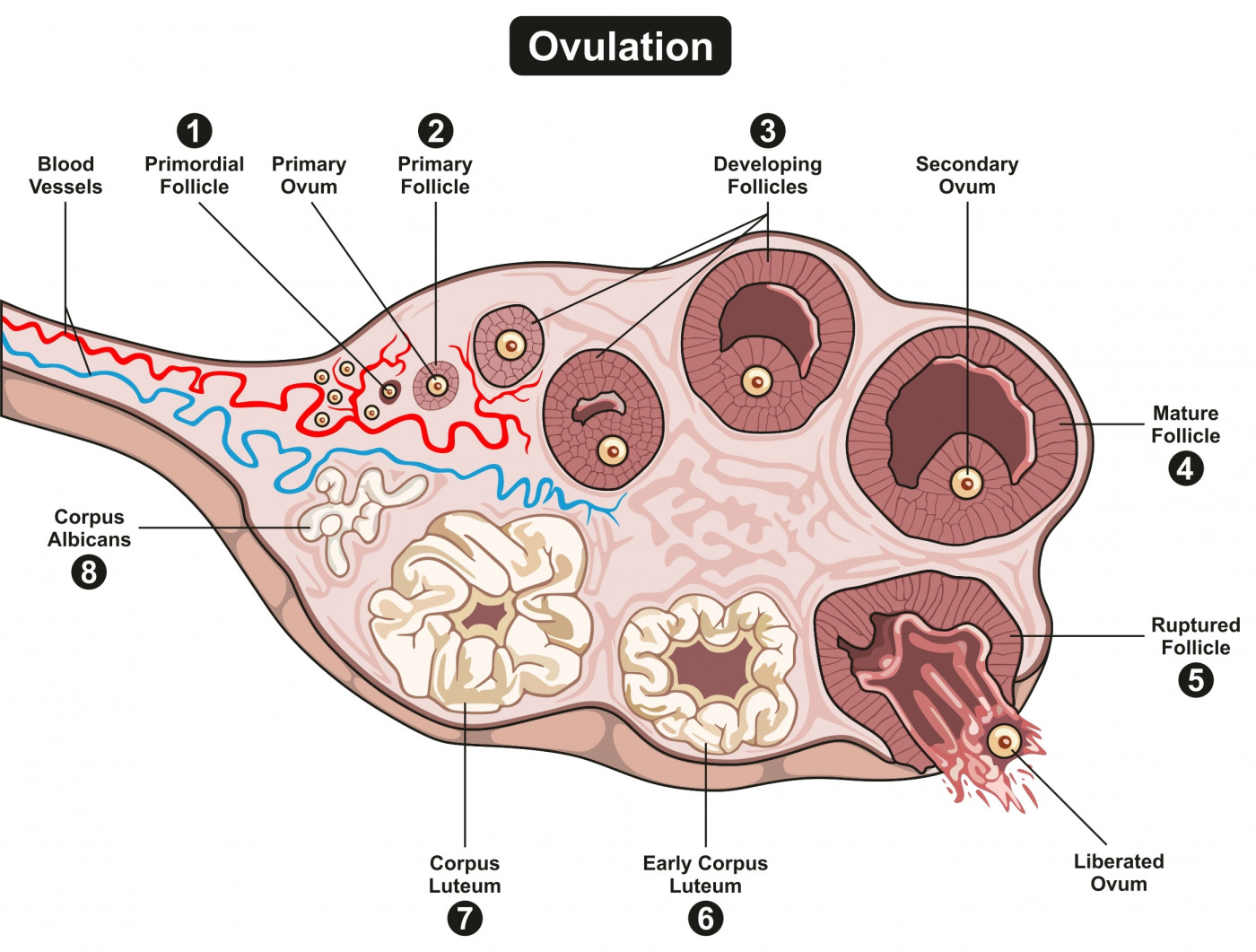Loss of FMR1 Gene Linked to Lower Reproductive Capacity in Mice

Loss of the fragile X mental retardation-1 (FMR1) gene is linked to an early decline in reproduction capacity due to high levels of the protein mTOR, a recent study using mice reveals.
These results suggest that mTOR can become a potential therapeutic target.
The study “Premature recruitment of oocyte pool and increased mTOR activity in Fmr1 knockout mice and reversal of phenotype with rapamycin” was published in the journal Scientific Reports.
A full mutation in the FMR1 gene leads to a deficiency in fragile X mental retardation protein (FMRP) responsible for Fragile X syndrome, the most common inherited cause of mental retardation and a monogenetic cause of autism.
Mutations in the FMR1 gene also are linked to several reproductive outcomes in women, but how complete lack of FMR1 impacts females’ reproductive systems remains unknown.
Researchers used mice to examine the effects of complete silencing of the FMR1 gene on ovarian reserve — the capacity of the ovary to provide egg cells capable of undergoing fertilization — and reproductive capacity.
Genetically modified female mice showed an early decrease in fertility compared to normal female mice. This earlier decline in fertility, researchers suggested, could be the result of diminished ovarian reserve due to an increased activation of the so-called primordial follicles. At time of birth, the female ovary already contains the number of oocytes (immature ovum) that will be released during the female’s lifetime. The oocytes are first encased in the primordial follicles.
In a previous study, researchers saw that tissue from male patients with Fragile X syndrome and mice without the FMR1 gene had higher levels of a protein called mTOR, a protein that also is a target of FMR protein itself. As such, they hypothesized that the mechanism underlying the early decline in reproductive capacity likely was linked to higher mTOR.
Treating the mice with an inhibitor of mTOR, called rapamycin, signficantly increased the number of primordial follicles and reduced the size of ovaries, two features that support “increased reproductive lifespan.”
“Our findings of a prolonged reproductive lifespan and increased primordial pool in rapamycin-treated normal mice suggest that these effects in humans may be related to a suppression of mTOR-stimulated activation of primordial follicles,” researchers wrote.
These findings suggest that lack of the FMR1 gene is related to an early decline in reproduction capacity likely due to increased levels of the mTOR protein, and highlight this specific pathway as a potential therapeutic target.



